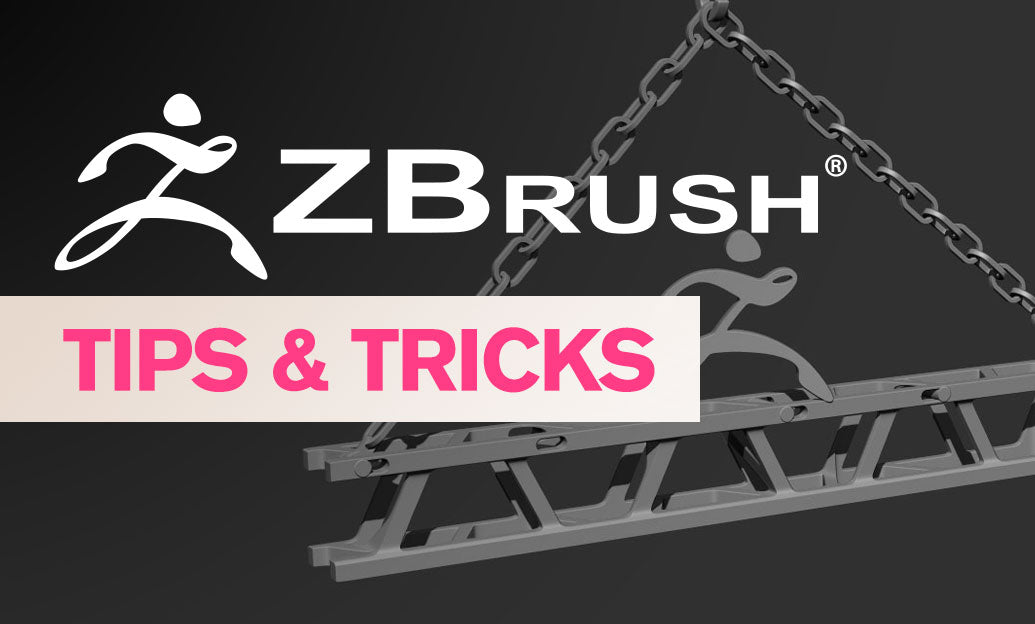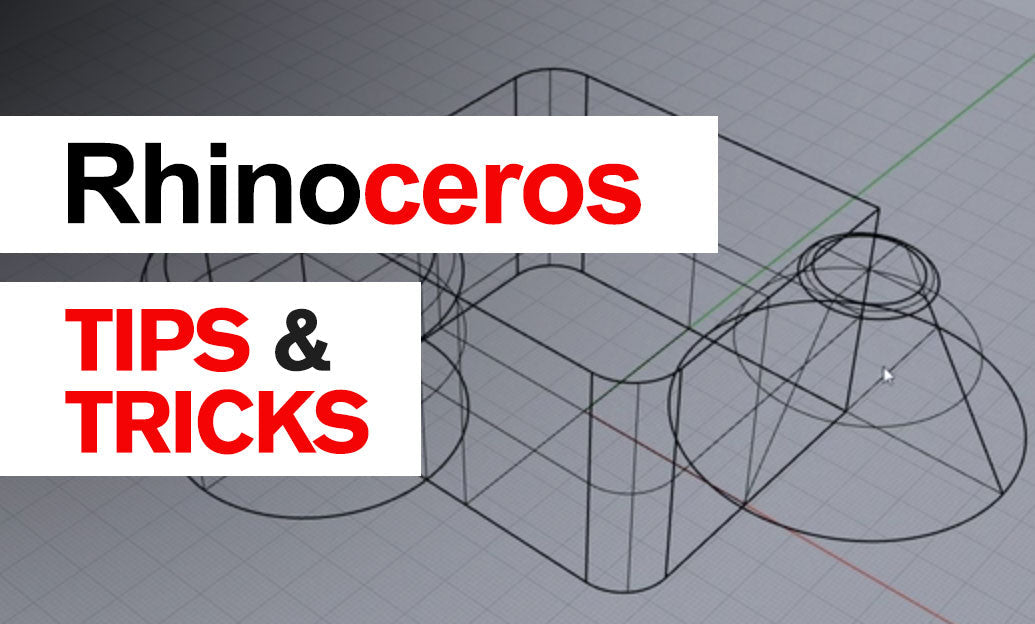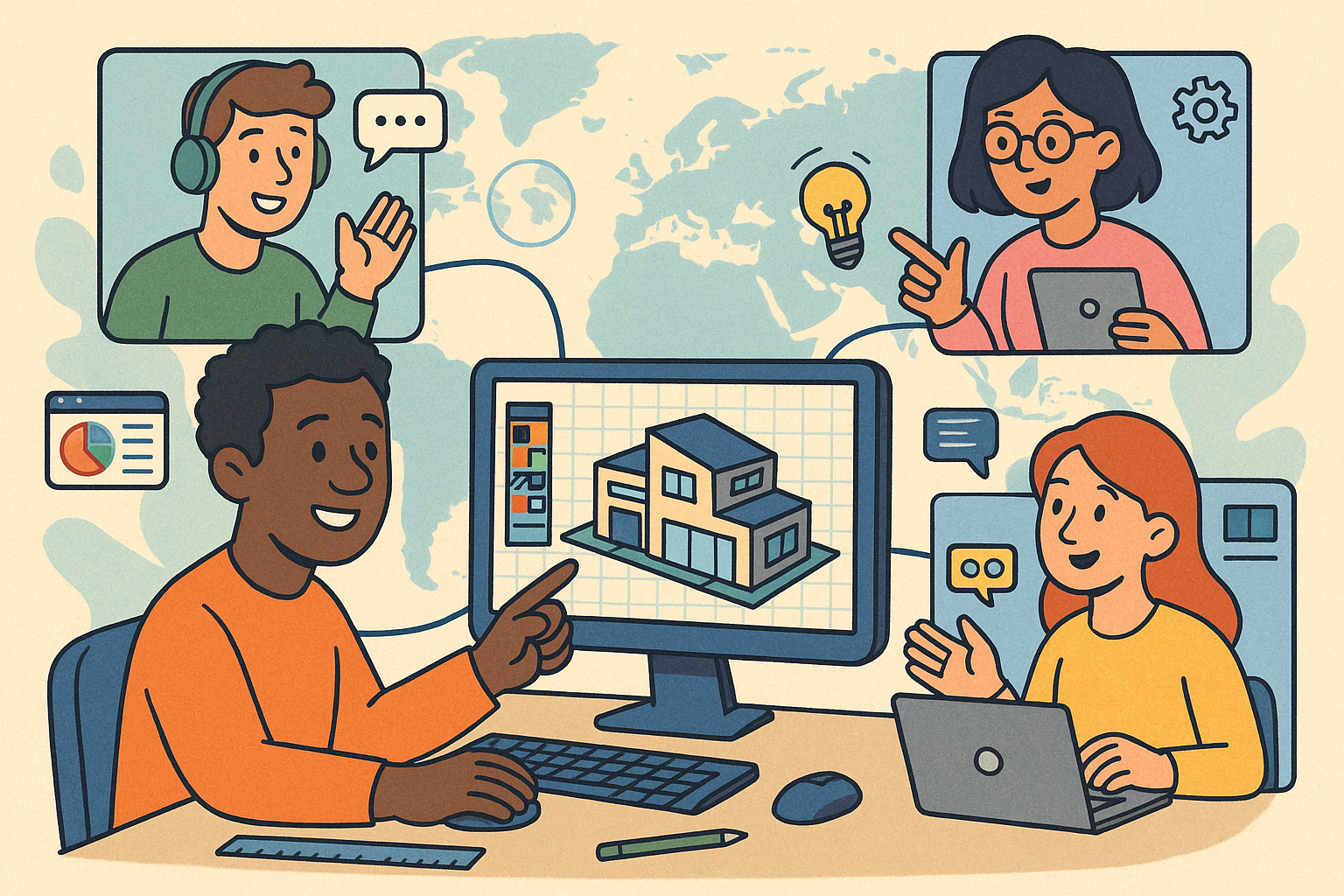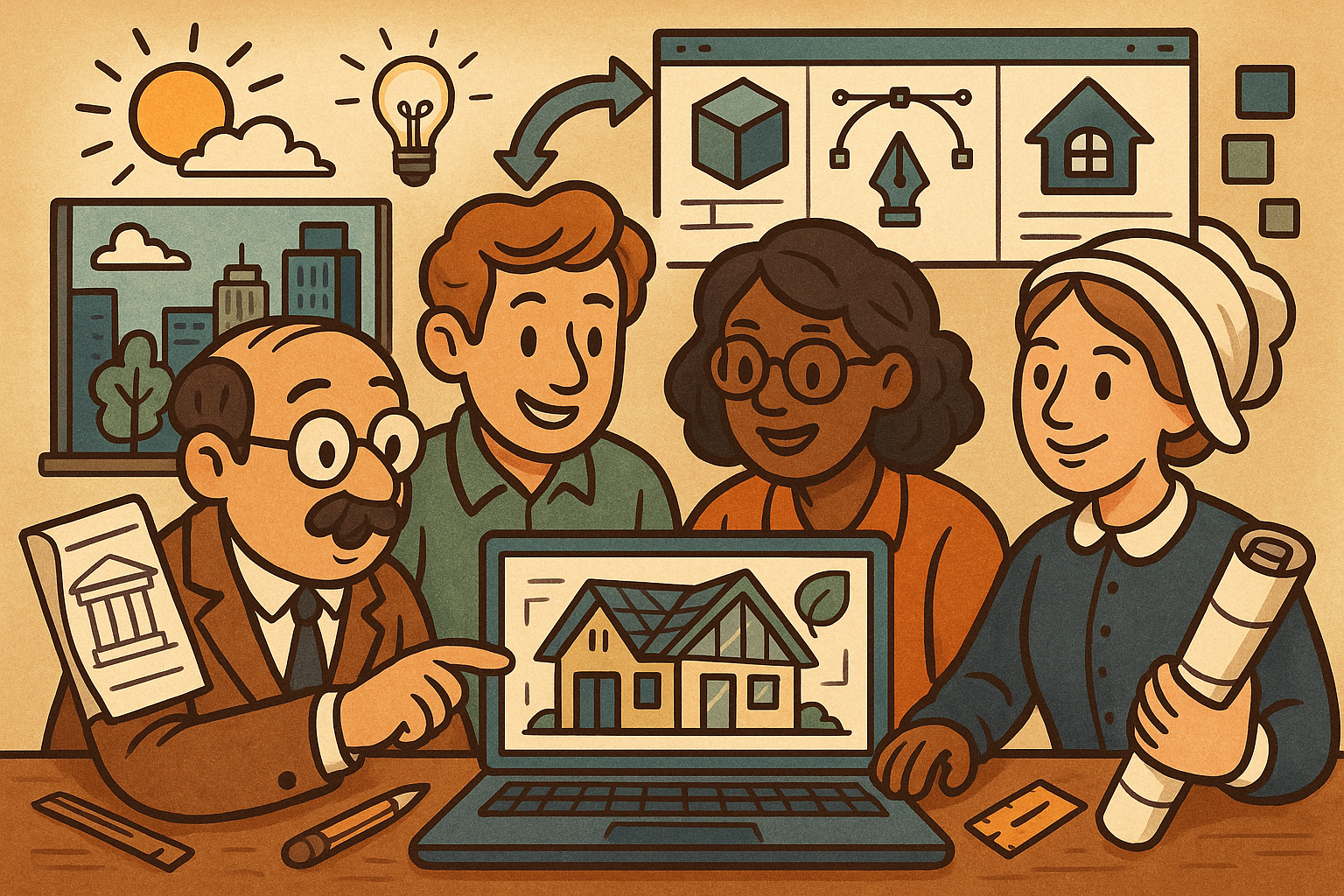Your Cart is Empty
Customer Testimonials
-
"Great customer service. The folks at Novedge were super helpful in navigating a somewhat complicated order including software upgrades and serial numbers in various stages of inactivity. They were friendly and helpful throughout the process.."
Ruben Ruckmark
"Quick & very helpful. We have been using Novedge for years and are very happy with their quick service when we need to make a purchase and excellent support resolving any issues."
Will Woodson
"Scott is the best. He reminds me about subscriptions dates, guides me in the correct direction for updates. He always responds promptly to me. He is literally the reason I continue to work with Novedge and will do so in the future."
Edward Mchugh
"Calvin Lok is “the man”. After my purchase of Sketchup 2021, he called me and provided step-by-step instructions to ease me through difficulties I was having with the setup of my new software."
Mike Borzage
ZBrush Tip: Optimizing Realistic Glass Effects with ZBrush BPR Transparency
December 29, 2024 2 min read

Enhancing the realism of your 3D models often hinges on the effective use of transparent materials, such as windows. ZBrush's Best Preview Render (BPR) transparency feature is a powerful tool that allows artists to achieve stunning glass effects with precision and ease. Here’s how you can leverage BPR transparency to create realistic windows in your projects:
- Activate BPR Rendering: Ensure BPR is enabled by clicking the BPR button located in the top-right corner of the ZBrush interface. This mode enhances rendering capabilities, including transparency and shadow effects.
-
Adjust Transparency Settings:
- Opacity Control: Navigate to the Render Properties panel and adjust the Alpha Transparency slider to set the desired level of transparency for your window glass.
- Shadow Transparency: Modify the shadow transparency settings to ensure that shadows cast through the window are subtle and realistic, avoiding overly dark or unnatural appearances.
- Apply Suitable Materials: Select or create materials that mimic glass properties. Utilizing materials from NOVEDGE can provide high-quality presets tailored for transparent surfaces, saving time and enhancing realism.
- Utilize Polygroups for Precision: Isolate the window area using polygroups. This allows you to apply transparency settings exclusively to the window without affecting the surrounding geometry, ensuring clean and controlled results.
-
Optimize Lighting for Transparency:
- Reflection and Refraction: Adjust your light sources to create natural reflections and refractions on the window surface. Proper lighting is crucial for achieving a believable glass effect.
- Environmental Lighting: Incorporate environmental lighting to enhance the overall realism. Using HDRI maps from NOVEDGE can provide dynamic lighting scenarios that interact beautifully with transparent materials.
- Leverage Render Passes: Utilize different render passes available in BPR to fine-tune various aspects of the transparency. Separating reflections, refractions, and shadows allows for detailed adjustments, ensuring each element contributes to the overall realism.
By mastering BPR transparency settings, you can create windows that not only look realistic but also integrate seamlessly into your 3D scenes. This level of detail enhances the visual appeal of architectural models, product designs, and character environments, making your work stand out with professional quality.
For additional resources and high-quality materials, explore the extensive library offered by NOVEDGE. Their collection includes specialized textures and materials that complement ZBrush workflows, enabling you to achieve even greater levels of detail and realism in your projects.
Incorporating BPR transparency into your modeling toolkit empowers you to create sophisticated and lifelike windows, elevating the overall craftsmanship of your 3D artwork. Embrace these techniques to enhance your digital creations and achieve professional-grade results.
You can find all the ZBrush products on the NOVEDGE web site at this page.
Also in Design News

Rhino 3D Tip: Sure, please provide the tip you'd like a title for.
October 24, 2025 1 min read
Read More
Advancing Virtual Collaboration: Redefining Global Design Teams with Digital Innovation
October 24, 2025 12 min read
Read MoreSubscribe
Sign up to get the latest on sales, new releases and more …



